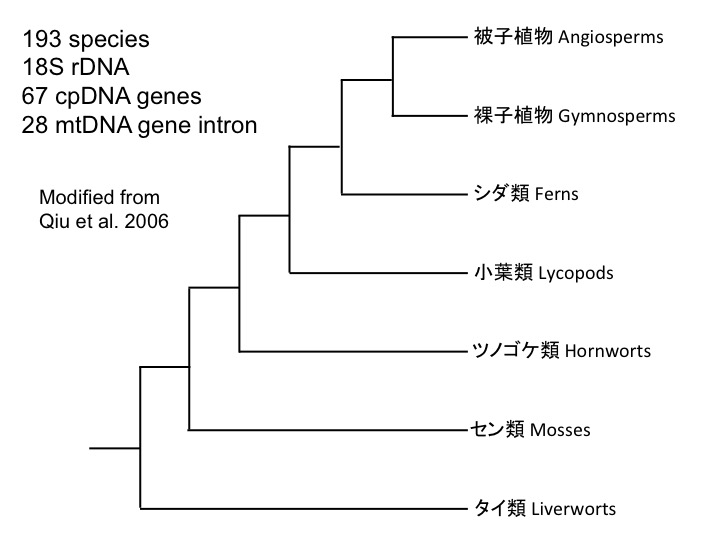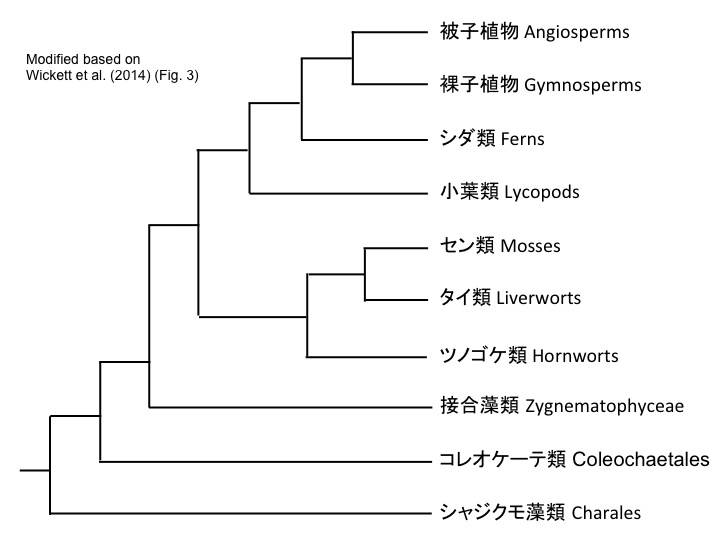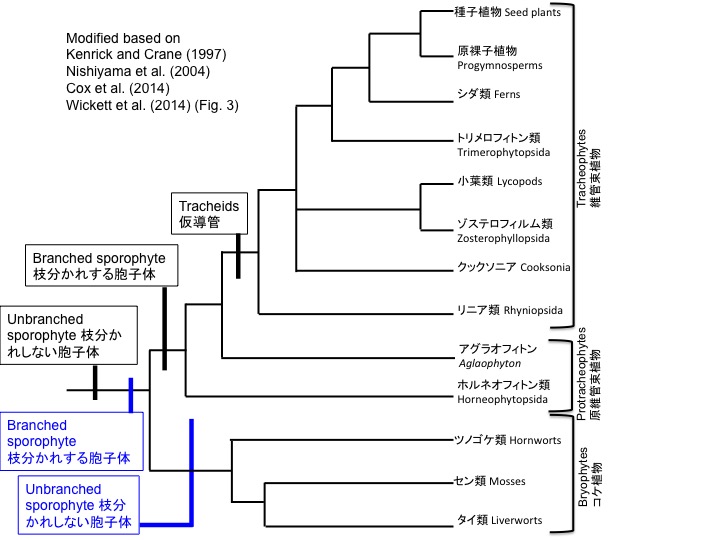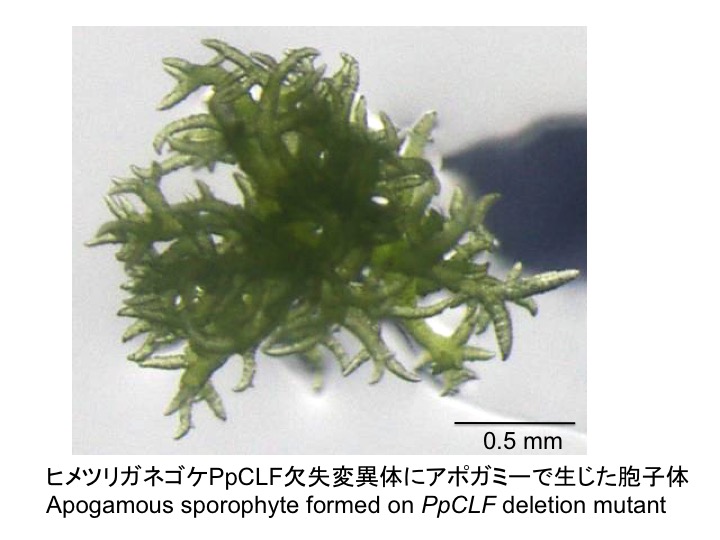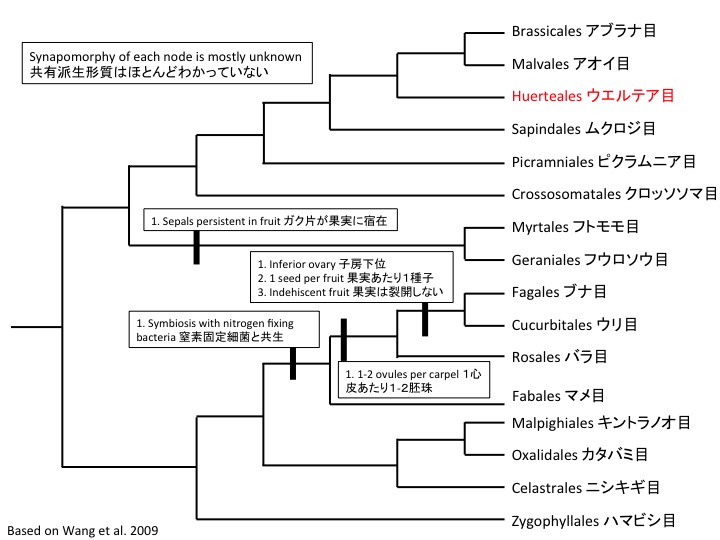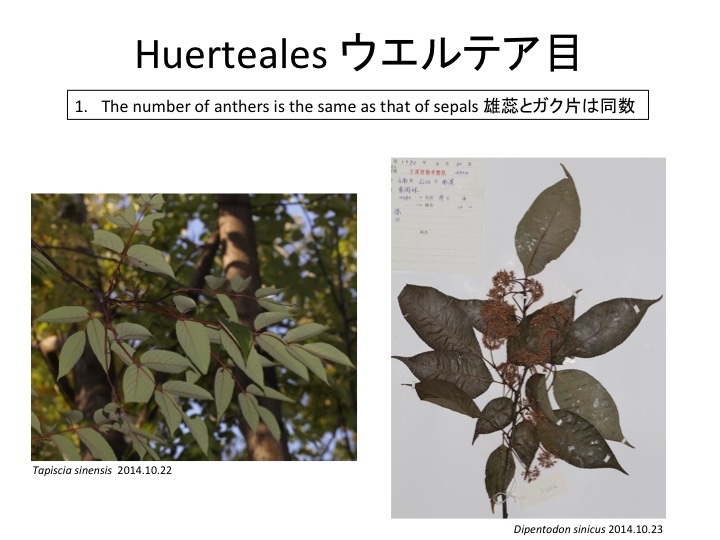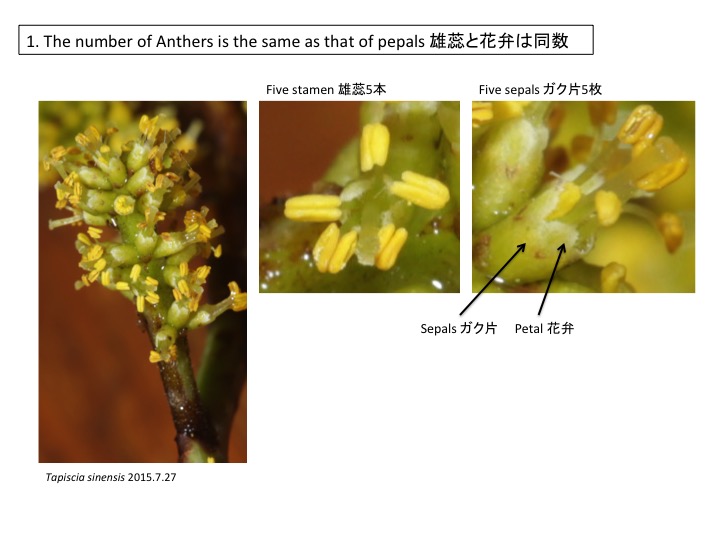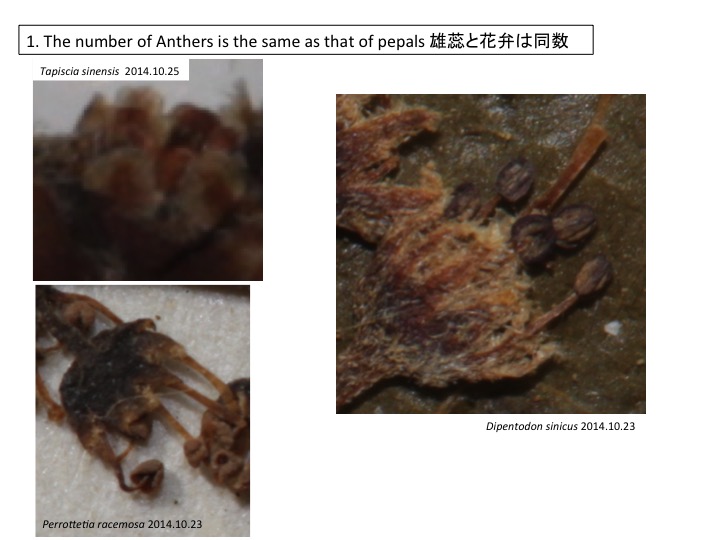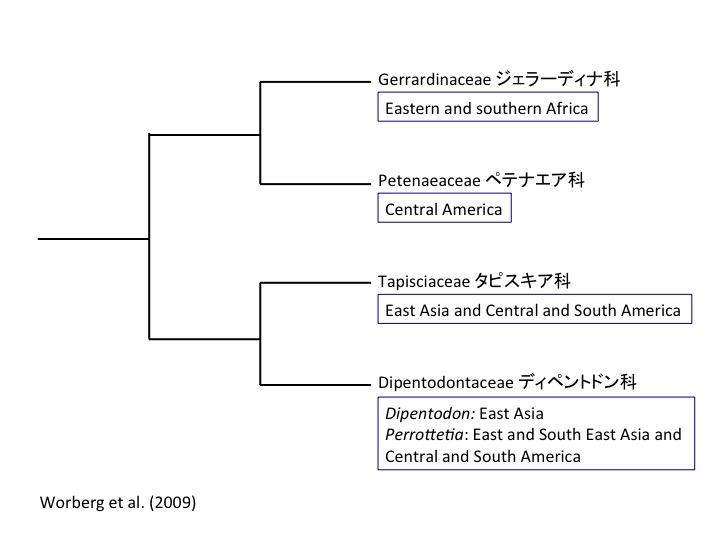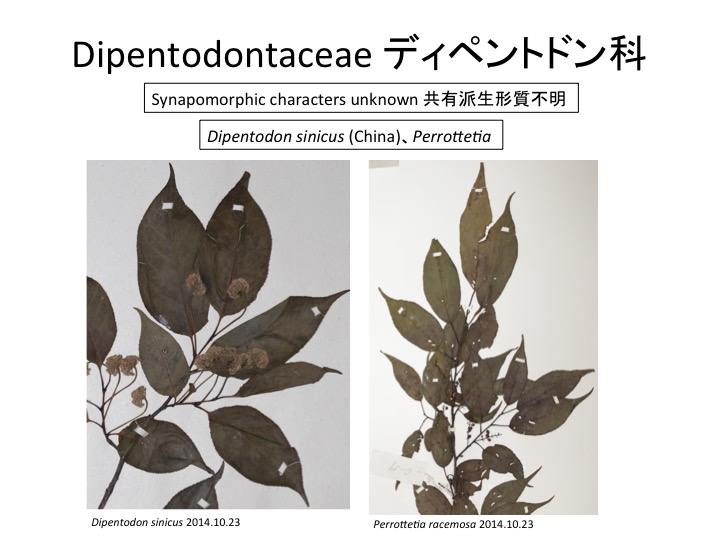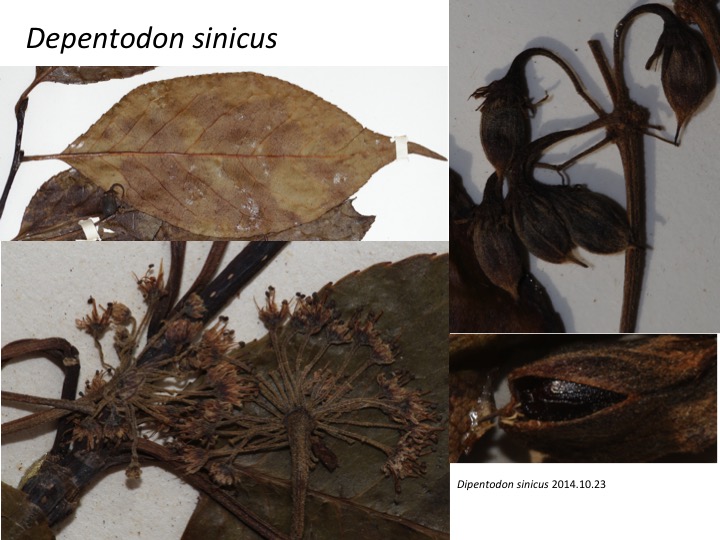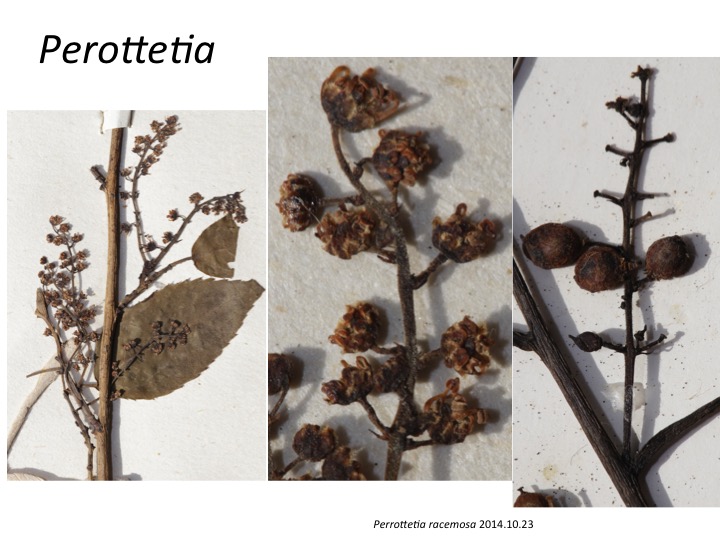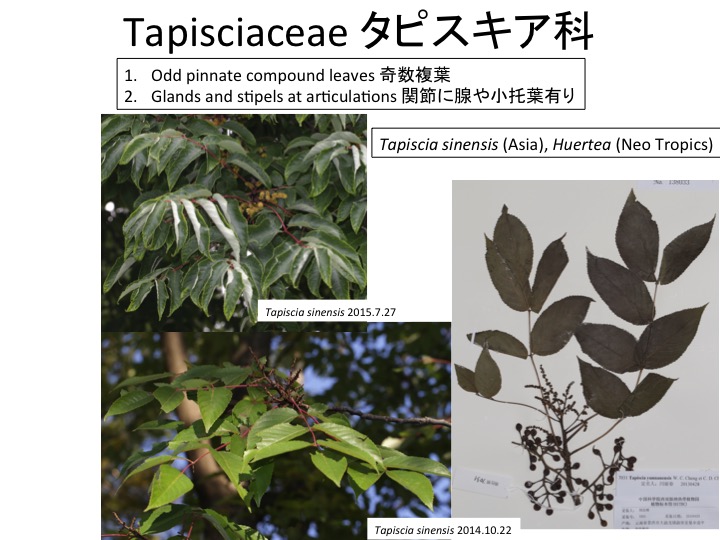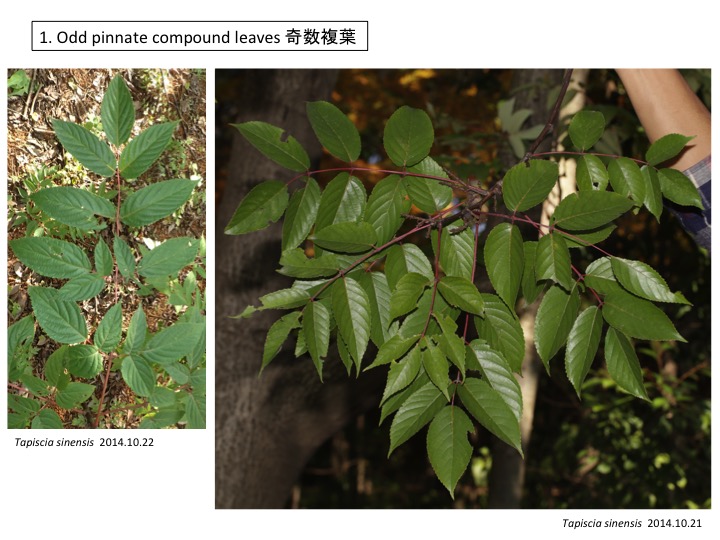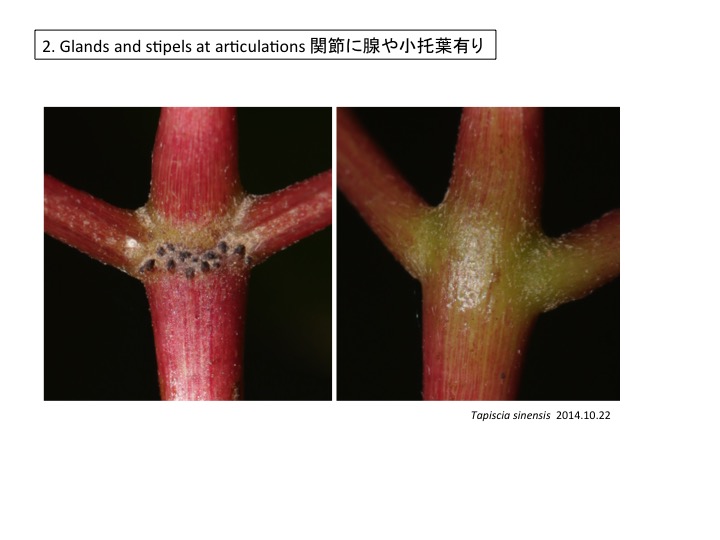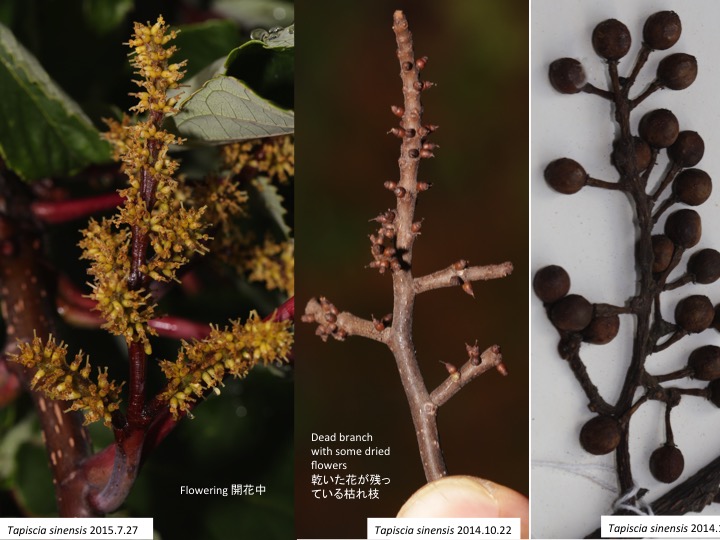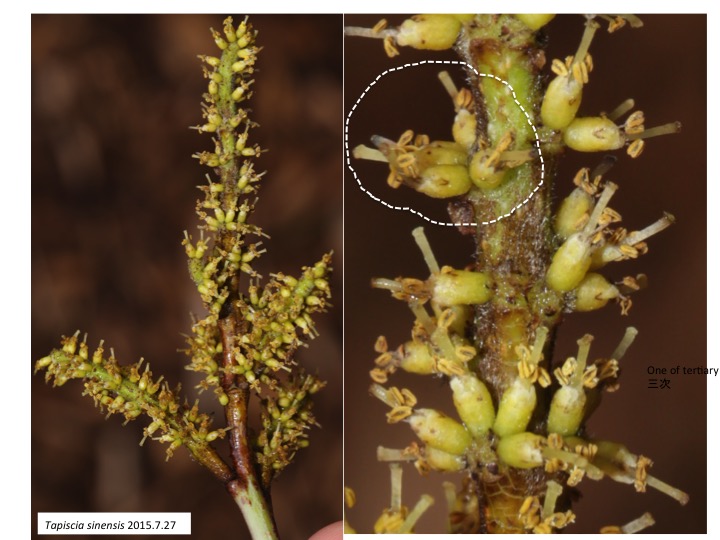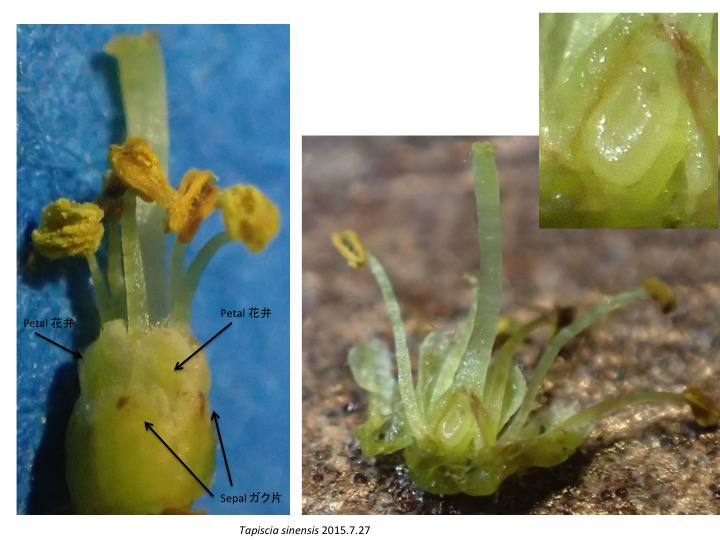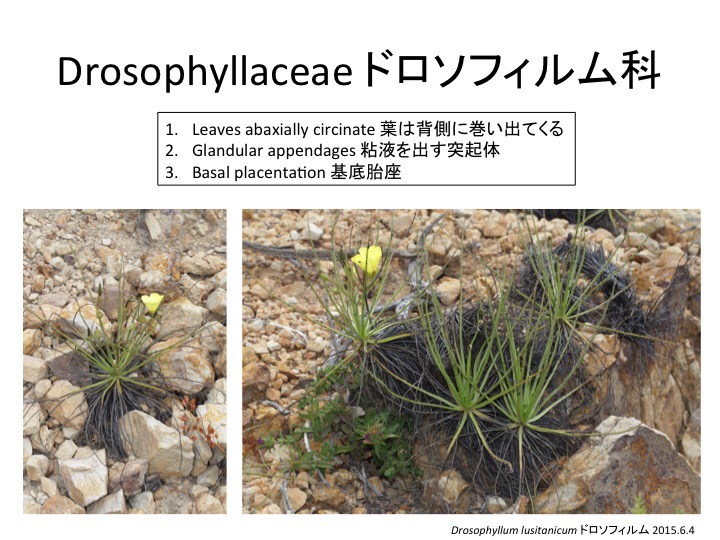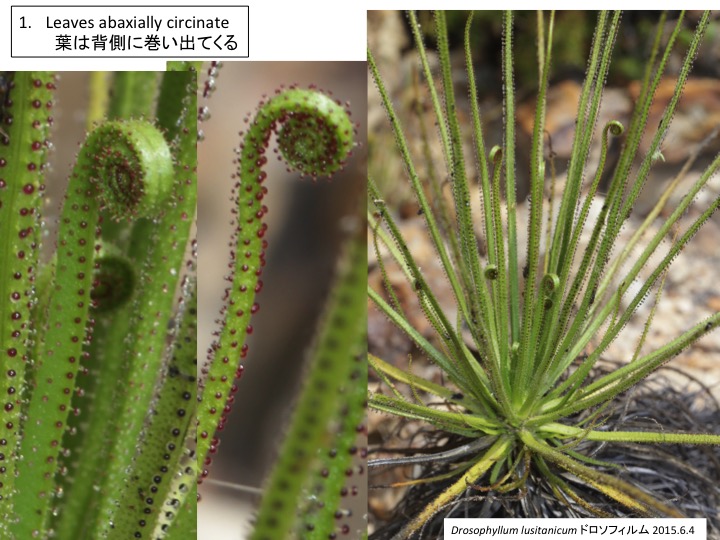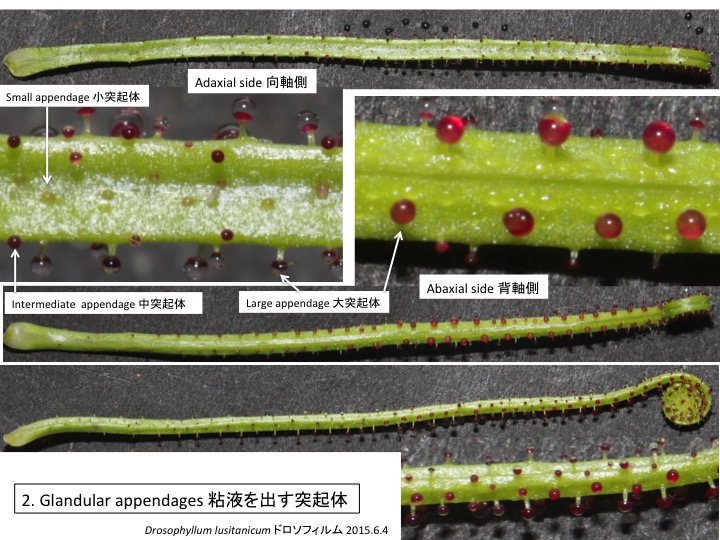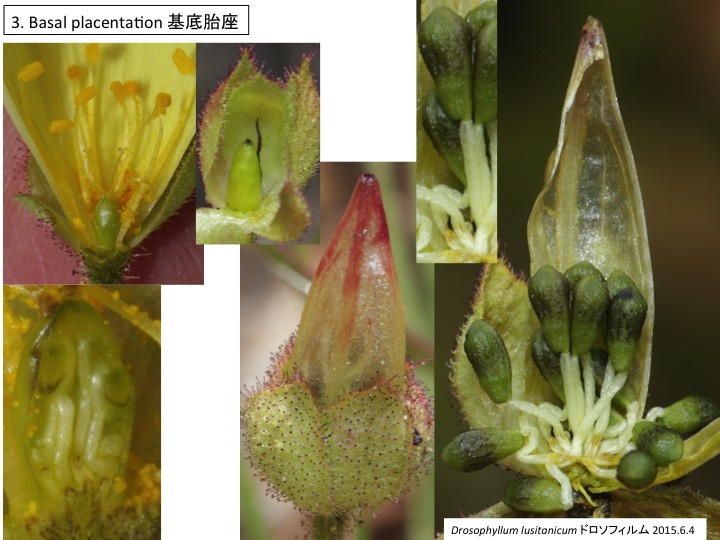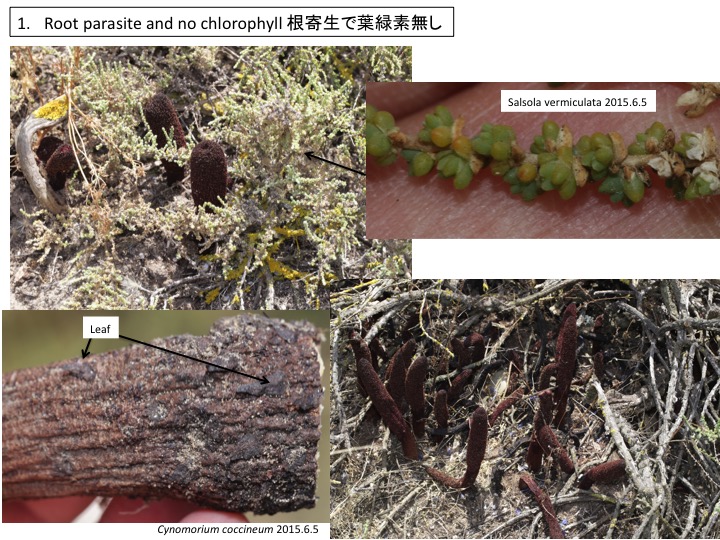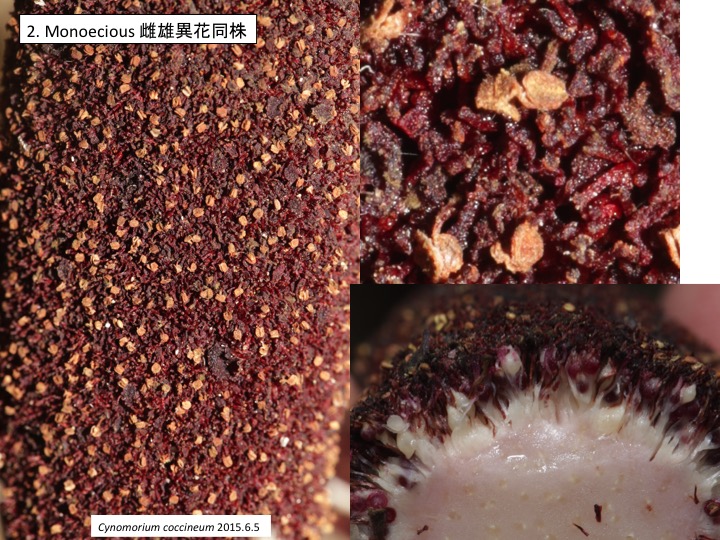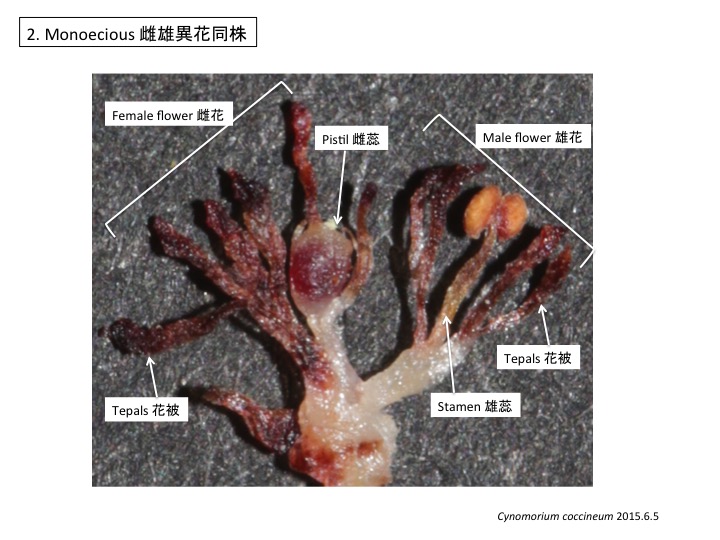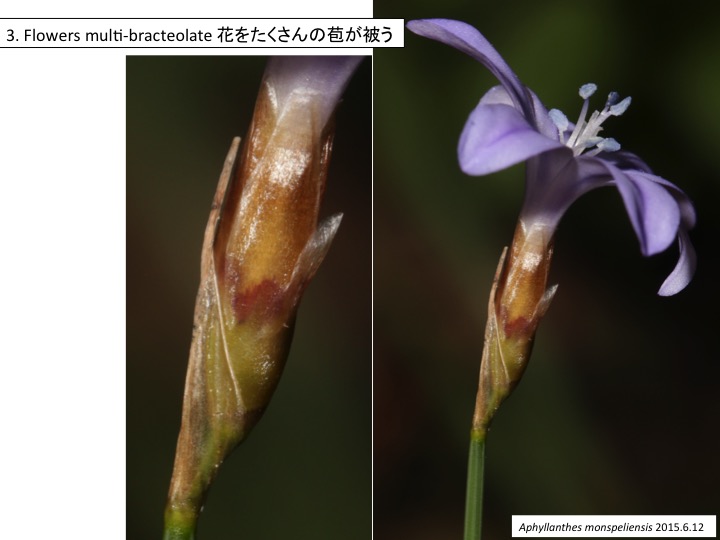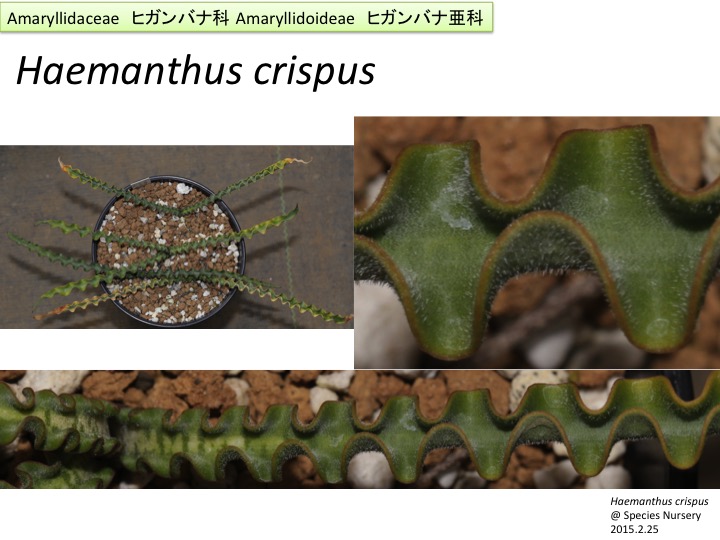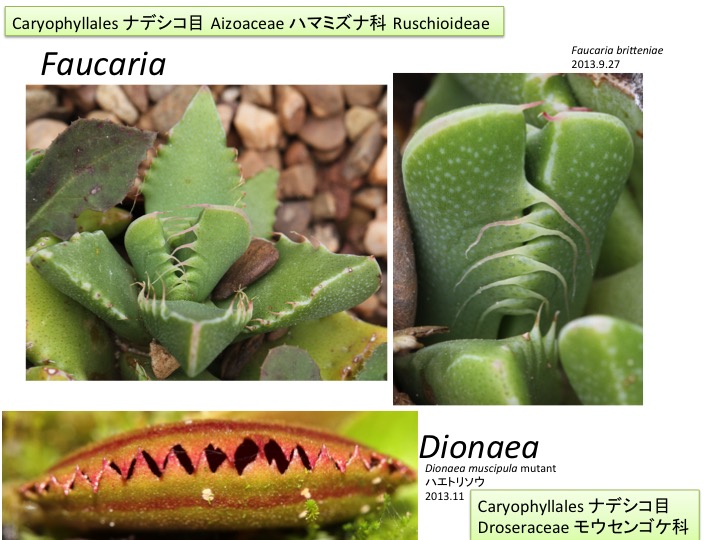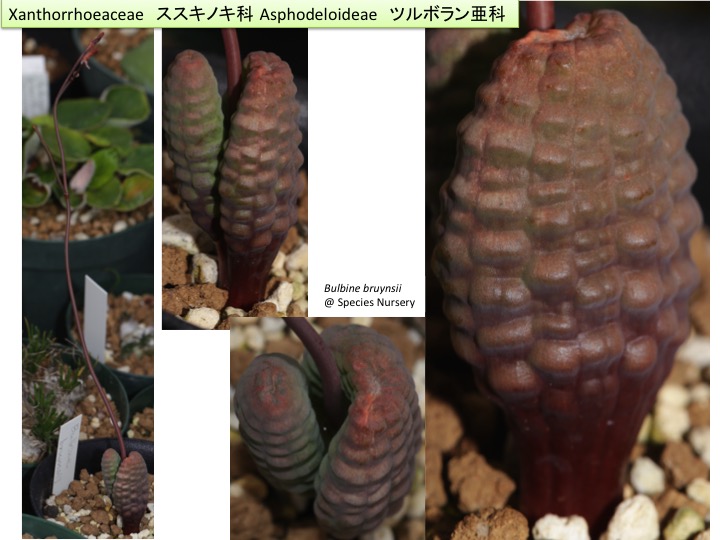Qiu et al. (2006)は(1)緑藻、陸上植物あわせて193種について葉緑体ゲノムの6遺伝子、ミトコンドリアゲノムのLSU rDNA、核の18S rDNA、(2)16分類群について28ミトコンドリア遺伝子におけるgroup IIイントロンの有無、(3)36種について葉緑体ゲノム上の67遺伝子を用いて系統解析を行った。その結果、コケ植物は側系統群でタイ類、セン類、ツノゴケ類の順に基部で分岐すると推定された。さらにQiu et al. (2007)はQiu et al. (2007)に葉緑体ゲノムの1遺伝子、ミトコンドリアゲノムの1遺伝子を加えて192種の系統解析を行い、同じ結果を得た。従来、この系統関係がもっとも信頼性の高いものと考えられてきた(例えばShow et al. 2001)。
Qiu et al. (2006) inferred land plant phylogeny of 193 species using 6 genes in the chloroplast genome, LSU rDNA in the mitochondria genome, and 18S rDNA in the nuclear genome. This revealed the above relationship with high statistical confidences. Another analyses using presence/absence of group II introns in 28 mitochondria genes and using 67 genes of the chloroplast genome in 36 species supported the inference. This was the most wildly supported phylogenetic inference (e.g. Shaw et al. 2011).
Qiu , Y.-L., L. B. Li, B. Wang, Z. D. Chen, V. Knoop, M. Groth-Malonek, O. Dombrovska , et al . 2006 . The deepest divergences in land plants inferred from phylogenomic evidence. Proc. Natl. Acad. Sci. USA 103: 15511–15516.
Shaw, A.J., Szövényi, P. and Shaw, B. 2011. Bryophyte diversity and evolution: Windows into the early evolution of land plants. Amer. J. Bot. 98: 352-369.
しかし、Cox et al. (2014)は、Que et al. (2006)が系統推定に用いたコドンの3番目の塩基の同義置換パターンに分類群により偏りがあり、系統関係が間違って推定されている可能性を指摘した。そして、コドンの1番目と二番目の塩基やアミノ酸配列を用いて系統推定すると、タイ類はセン類と姉妹群となり、陸上植物の基部にはこないことを示した。
さらに、Wickett et al. (2014)は、トランスクリプトームやゲノムデータを用いて、(1)647遺伝子をつなげた連結遺伝子(concatenated gene)による系統推定、(2)424遺伝子の遺伝子系統樹を個々に作製、比較して、もっとも確率の高いトポロジーを種系統樹として選ぶコアレッセンス解析を行った。両解析ともに、タイ類はセン類の姉妹群となり、陸上植物の基部には位置しなかった。連結遺伝子を用いた解析では、ツノゴケ類が陸上植物の最基部、次いで、タイ類とセン類からなる単系統群が分岐した。コアレッセンス解析では、コケ植物の3群が単系統群となった。コケ植物が単系統という推定は、葉緑体ゲノム上の遺伝子をアミノ酸配列を用いて解析した結果と一致している(Nishiyama et al. 2004)。
連結遺伝子を用いた解析とコアレッセンス解析とではどちらが妥当なのだろうか。まず、コアレッセンス解析について簡単に説明しよう。祖先集団で遺伝子多型があった場合、その遺伝子は種が分岐するよりも前に分岐していたり、種分化の途中で多型アリルのどちらかが失われたりする。これは、不完全遺伝子系統仕分け(incomplete lineage sorting)と呼ばれ、遺伝子系統樹と種系統樹が一致しない理由の一つである。そのため、より多くの遺伝子系統樹を比較して、そのうちでもっとも確率の高いものを種系統樹として推定するコアレッセンス解析が考案された (Mirarab et al. 2014)。
一方、連結遺伝子を用いた系統解析は、コアレッセンス解析よりも解析が楽であるが、異なった進化モデル(進化速度など)と歴史を持つ遺伝子をまとめて一つにしているため、間違った系統樹が高い統計的支持を受ける場合があることがわかっている(Mirarab et al. 2014)。
従って、ここではWickett et al. (2014)のコアレッセンス解析によって推定された系統樹を示す。また、この解析によって陸上植物の姉妹群は接合藻類であることが高い確率で支持された。
However, Cox et al. (2014) found that the results of Que et al. (2006) should be revisited because of the nucleotide composition biases of synonymous substitutions mainly observed in the 3rd position. Cox et al. (2014) justified using amino acid sequences or 1st and 2nd nucleotides instead of the 3rd used in Qiu et al. (2006).
Furthermore, Wickett et al. (2014) analyzed nucleotides at 1st and 2nd codon positions with concatenated 674 genes or 424 gene trees with coalescent analyses. The former supported the hornworts basal in land plants (hornworts ((mosses, liverworts), vascular plants)) and the latter supported the monophyly of the three bryophyte groups ((hornworts (mosses, liverworts)) vascular plants). Since the concatenated gene analyses may produce incorrect trees with high confidence (Mirarab et al. 2014), here we cite the result of the coalescent analyses supporting the monophyly of bryophytes, which was originally proposed by the chloroplast genome analyses with amino acid sequences (Nishiyama et al. 2004).
Cox, C.J., Li, B., Foster, P.G., Embley, T.M., and Civan, P. (2014). Conflicting phylogenies for early land plants are caused by composition biases among synonymous substitutions. Syst Biol 63, 272-279.
Mirarab, S., Reaz, R., Bayzid, M.S., Zimmermann, T., Swenson, M.S., and Warnow, T. (2014). ASTRAL: genome-scale coalescent-based species tree estimation. Bioinformatics 30, i541-548.
Nishiyama, T., Wolf, P.G., Kugita, M., Sinclair, R.B., Sugita, M., Sugiura, C., Wakasugi, T., Yamada, K., Yoshinaga, K., Yamaguchi, K., et al. (2004). Chloroplast phylogeny indicates that bryophytes are monophyletic. Mol Biol Evol 21, 1813-1819.
Wickett, N.J., Mirarab, S., Nguyen, N., Warnow, T., Carpenter, E., Matasci, N., Ayyampalayam, S., Barker, M.S., Burleigh, J.G., Gitzendanner, M.A., et al. (2014). Phylotranscriptomic analysis of the origin and early diversification of land plants. Proc Natl Acad Sci U S A 111, E4859-4868.
これまで、タイ類が陸上植物の最基部で分枝し、現生コケ植物の3系統は側系統になると推定されてきたので(Qiu et al. 2006)、シルル紀からは枝分かれした胞子体化石しか産出されないにもかかわらず、陸上植物の共通祖先は現生コケ植物のように分岐しない胞子体を形成していたと広く考えられてきた (Shaw et al. 2011)。しかし、陸上植物の基部系統がタイ類でなく、現生コケ植物は単系統になる可能性が高いことがわかったので、陸上植物進化の初期段階の形態変化について再検討する必要がある。
化石種と現生種について、形態データに基づいて分岐学的方法によって推定された系統樹(Kenrick and Crane 1997)を、コケ植物の部分のみ、Wickette et al. (2014)の結果に従って現生コケ植物を単系統群としてみる。すると、(1)陸上植物の共通祖先は分岐した胞子体を形成し、現生コケ植物の共通祖先で枝分かれしないように進化したという仮説(図の青字の箱)と(2)陸上植物の共通祖先は分岐しない胞子体を形成し、現生コケ植物が分岐したあと、それ以外の系統で枝分かれする胞子体が進化したという仮説(図の黒字の箱)のどちらも同じ程度に節約的であることがわかる。枝分かれした胞子体の化石がコケ植物胞子体の化石よりも古い時代から産出されることを考えると、前者(図の青字の箱)の仮説が支持されるのではないだろうか。
Based on the gene tree showing the basal liverwort branching and the paraphyletic relationships of extant bryophytes, it has been widely believed that the common ancestor of land plants had unbranched sporophytes similar to extant bryophytes (Shaw et al. 2011), although sporophytes of bryophyte ancestors have not been identified in the Ordovisian and Silurian. However, now it is revealed that the basal liverwort hypothesis is not supported, and we need to revisit the character evolution at the base of land plant evolution.
The phylogenetic tree inferred by the Cladistic analyses with morphological data (Kenrick and Crane 1997) is merged with that of Wickett et al. (2014). It is equally possible to infer that (1) the common ancestor of land plants formed polysporangia at the tips of a branched sporophyte and reduced to monosporangium at the top of unbranched sporophytein the common ancestor of extant bryophytes (blue boxes in the figure) or that (2) the common ancestor of land plants formed a monosporangium and evolved to form polysporangia in the common ancestor except extant bryophytes (black boxes in the figure). Because of the abundant polysporangiate fossil records in the upper Siluriand and the Devonian, it appears to be more plausible to infer that the common ancestor of land plants were polysporangiate as shown by the blue boxes in the figure.
Shaw, A.J., Szovenyi, P., and Shaw, B. (2011). Bryophyte Diversity and Evolution: Windows into the Early Evolution of Land Plants. Am J Bot 98, 352-369.
ではどんな遺伝子の変化が胞子体の枝分かれ進化に関係したのだろうか。コケ植物セン類のヒメツリガネゴケを用いた研究から、ヒストンH3タンパク質のC末から27番目のリジンのメチル化を制御するポリコーム抑制複合体2の構成タンパク質であるPpCURLY LEAF (PpCLF)をコードする遺伝子を欠失させてやると、配偶体からアポガミーで無限成長する胞子体が生じ、しかも枝分かれすることがわかった(上図:Okano et al. 2009)。さらに、ポリコーム抑制複合体2の他の構成タンパク質であるFERTILISATION INDEPENDENT ENDOSPERM (FIE) を欠失することでも似たような表現型がでることがわかった(Mosquna et al. 2009)。このことから、分岐する胞子体進化にポリコーム抑制複合体2を介したクロマチン修飾の進化が関わった可能性があることがわかった。
さらに、CLF遺伝子を欠失変異体で誘導発現させてやると分岐形成がとまり、各分岐先端に胞子嚢が形成されることがわかった(Okano et al. 2009)。つまり、PpCLFが無いとヒメツリガネゴケの胞子体幹細胞は永続的に分裂するが、PpCLFを発現させると分裂が停止する。このことは、PpCLFの発現を制御することによって胞子体の大きさ(幹細胞が多く分裂すれば大きくなる)を変えることが出来るということである。陸上植物は進化の過程で配偶体が小さくなり、胞子体が大きくなるように進化してきた。PpCLFの制御系の進化が胞子体の巨大化進化に関与した可能性がある。
分岐する変異体は化石植物であるHorneophytonのような前維管束植物に類似している。この変異体の分岐がどのようにできるのかを発生学的研究によって明らかにできれば、それを元に、化石植物群の進化過程を再検討することが可能となるだろう。
What genes were involved in the evolution of branched sporophytes? Okano et al. (2009) found that the deletion mutant lines of CURLY LEAF (CLF) formed apogamous sporophytes with indeterminate growth with indeterminate stem cell activity and the apogamous sporophytes branched with de novo formation of stem cells. CLF is a component of the polycomb repression complex 2 (PRC2), which regulates histone H3 K23 trimethylation. Deletion of another component of PRC2, FERTILISATION INDEPENDENT ENDOSPERM (FIE) also resulted in the similar phenotype (Mosquna et al. 2009). These results show that Physcomitrella sporophytes can be branched by the change of chromatin modification by PRC2, suggesting the involvement of PRC2 changes for the evolution of branched sporophytes in land plants.
Furthermore, Induction of CLF in the mutant terminates the stem cell activity and forms a sporangium at each top of branches. Therefore, sporophytes grow without CLF activity and stop to grow with CLF. This indicates that the regulation of CLF changes the size of sporophytes. During the evolution of land plants, the size of sporophytes became larger. Together, the evolution of the regulatory mechanisms of CLF appears to be related to the evoluton of sporophyte enlargement in the land plant evolution.
The branched clf sporophytes are similar to the extinct protracheophytes, such as Horneophyton. When we can reveal the developmental mechanisms of the branched mutants, such knowledge will be useful to revisit the evolutionary process of fossil plants.
Mosquna, A., Katz, A., Decker, E.L., Rensing, S.A., Reski, R., and Ohad, N. (2009). Regulation of stem cell maintenance by the Polycomb protein FIE has been conserved during land plant evolution. Development 136, 2433-2444.
Okano, Y., Aono, N., Hiwatashi, Y., Murata, T., Nishiyama, T., Ishikawa, T., Kubo, M., and Hasebe, M. (2009). A polycomb repressive complex 2 gene regulates apogamy and gives evolutionary insights into early land plant evolution. Proc. Natl. Acad. Sci. USA 106, 16321-16326.

